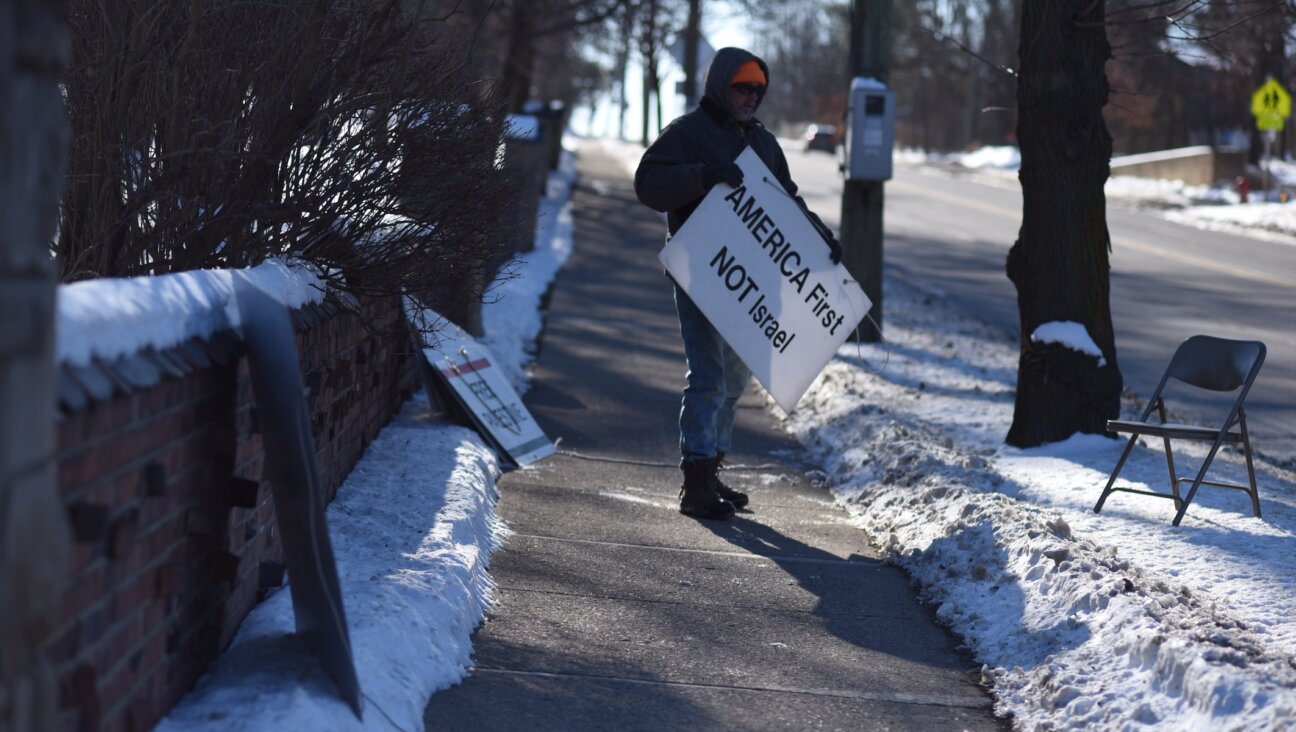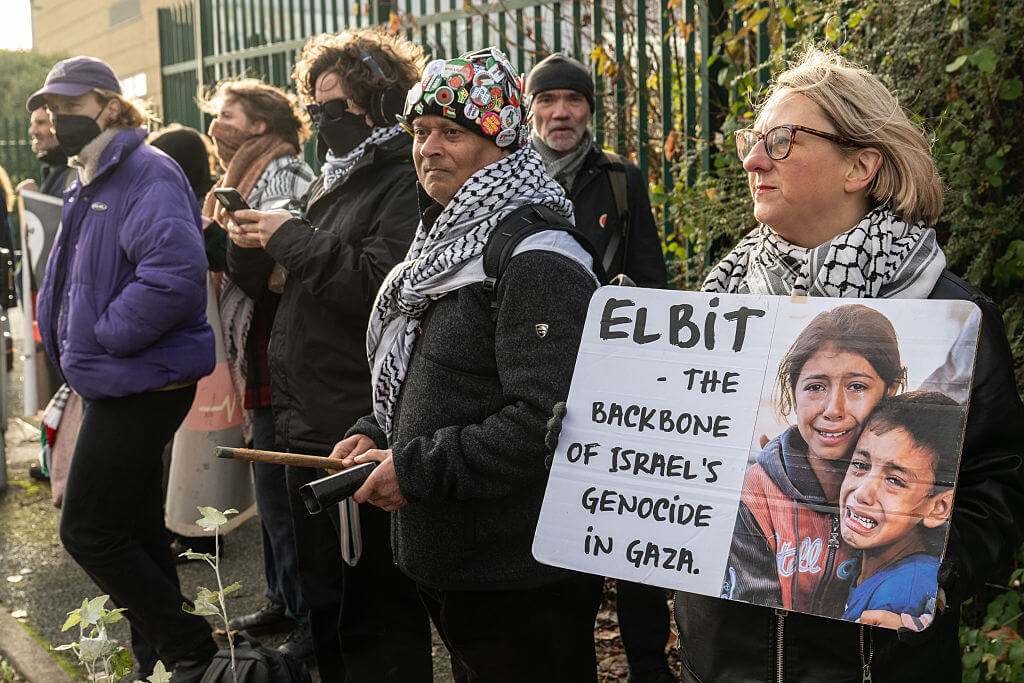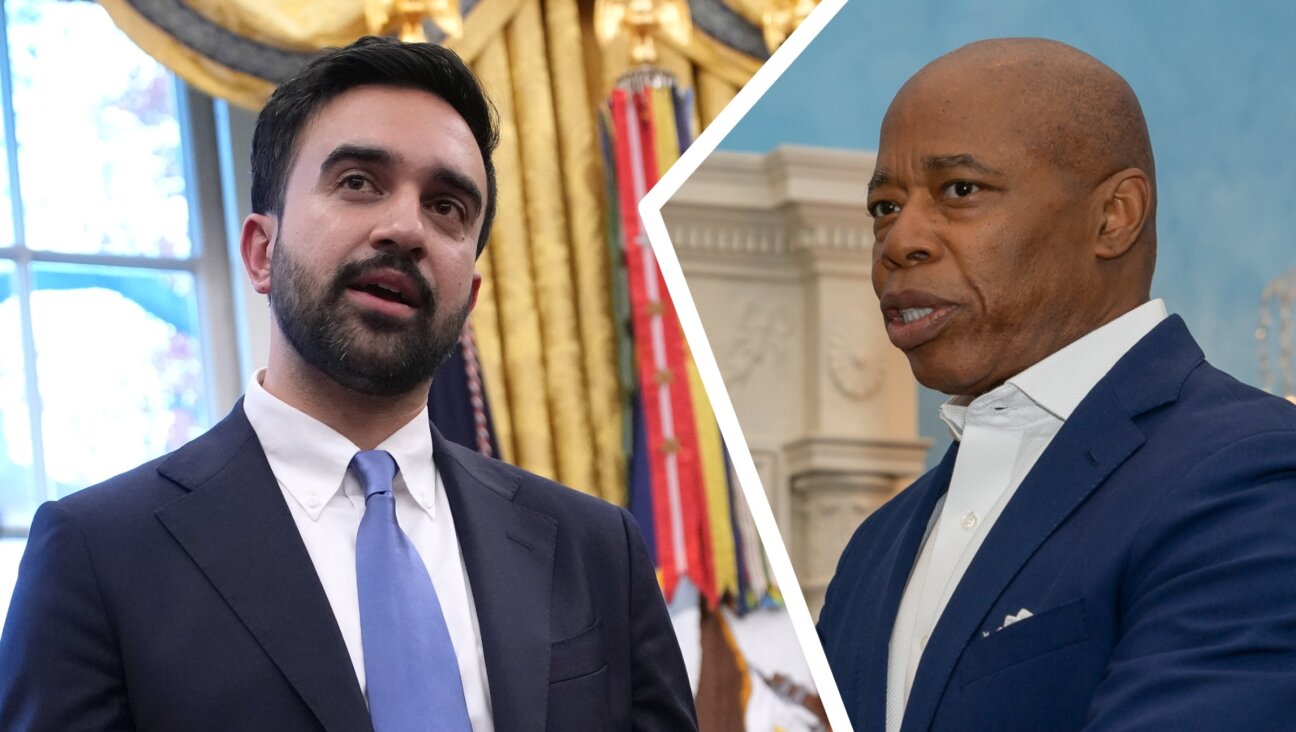Emily Aviva Kapor: Creating a Jewish Community for Trans Women

Graphic by Angelie Zaslavsky
The fact that she’s the only out transgender female rabbi doesn’t surprise 28-year-old Emily Aviva Kapor. It’s a reflection of sexism in the broader society, she said, paired with the fact that the Jewish feminist movement largely has overlooked trans women. “If I want to have an affirmative Judaism for all women, including trans women,” she said, “I have to make it myself.”
Kapor, who lives in Boston, was ordained privately eight years ago by a “Conservadox” rabbi before she came out as a transgender person. When she began living as a woman last spring, she finally felt “comfortable with being a leader in the Jewish world.”
Much of Kapor’s activism takes place on her blog, Planting Rainbows, where she writes about her recent gender transition and about being autistic. In a February post, she recounted her first time wearing a dress in public as an 11-year-old on Purim. While some trans people see the holiday as an opportunity to experiment with gender presentation, for Kapor, Purim is full of pitfalls. “Before coming out, before transition, I could have worn women’s clothes on Purim, and people would have seen a man in a dress,” she wrote. “It would have reinforced their idea that I was, in fact, a man playing at being a woman, because being a woman is something to be played at.”
Kapor said her transition has been a font of creativity. Last year, before she had changed all her legal documents to her female name, she spoke her old name in a phone call with Amtrak regarding a reservation. “I was overcome with this intense feeling of dirtiness,” she said. “I felt like I needed to go take a shower, in this very physical sense. And that got me thinking about the mikveh.”
Kapor contacted Mayyim Hayyim, a community mikveh in Newton, Mass., and arranged to have a gender transition ritual in the waters. In May, on the one-year anniversary of the start of her hormone replacement therapy, she went again. She has since penned a 20-page paper examining the theoretical and halachic issues of using the mikveh as a transgender person.
Kapor says that her generation of transgender rabbis is in “uncharted waters” when it comes to creating ritual for transition: “It is an exciting place to be.”

















